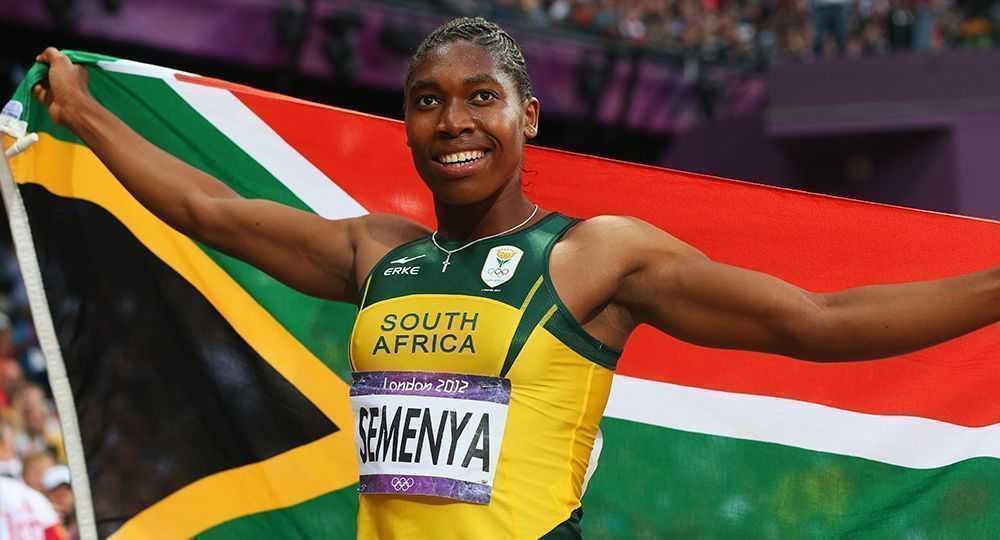1. Get good apps
Don’t assume that the standard camera app on your smartphone is the best possible option. Unless you have a phone with the most cutting-edge camera (like the LG G4 or the iPhone 6s), chances are you won’t really have full control over how your images end up looking.
A good place to start would be free photography apps like Open Camera for Android or VSCO Cam for iPhone, because they let you control shutter speed, white balance, exposure, and so on.
Take loads of photos: there’s plenty of memory on your smartphone.
And when it comes to photo editing, you can’t do much better than the SnapSeed app.
Install it on your phone, and you’ll be able to tweak and retouch your photos so that they are totally unique – something you won’t get if you only use the filters on Instagram. It’s got the functionality of professional photo-editing software, and it’s free for iOS and Android.
Most camera apps allow you to choose the resolution of your pics – remember that the higher the quality, the more data it will consume when uploading to social media or a photo storage app such as Google Photos. Of course, a clever work-around is to compress your pics or reduce the resolution before you upload.
2. Consider the background
One of the most common mistakes that amateur smartphone photographers make is to forget about what’s happening in the background of their shot.
If the background is too busy or distracting, you lose a lot of impact of the subject of the photo. Don’t be afraid to ask people to move so that they’re in front of a clear background before shooting. Likewise, feel free to move the meal, baby or cappuccino you’re photographing to an area with a plainer background.
3. Never zoom
Because the zoom function on smartphone cameras is digital, the resulting images are often terribly pixellated.
Stay away from the zoom, and, instead, crop your image later to get the close-up you’re looking for – especially when shooting subjects that are very large and/or far away. You’ll end up with much sharper images and clearer detail.
Get your phone’s lens as close as possible to smaller subjects so that you don’t need to zoom. Some of the best smartphone pictures are of tiny objects shot very close-up. You’ll be amazed at the level of detail you can get.
4. Never use the flash
Smartphone camera flashes are basically very bright LED lights. Although the technology has improved dramatically in the latest devices, you still often end up with the dreaded ‘demon eye’ effect and motion blur.
Rather find an alternate source of light if you’re shooting in a dark or low-lit space. Lamps, car headlights or neon signs can cast enough of a glow for you to get an interesting, ambient shot in the dark.
5. The rules still apply
Just because you’re using your phone to take pictures doesn’t mean you should neglect the most basic rules for taking a good photo.
Using the rule of thirds is especially important for balanced composition. Divide your frame into three equally sized sections horizontally and vertically, so you end up with nine sections or blocks.
Place your subject in one of the points of intersection, and you’ll enable viewers to interact with it more naturally than if your subject was bang in the centre of your shot.
Here’s a common example: when shooting a sunset over the sea, make sure that the horizon line is in the lower or upper third of your shot, just off centre. This creates additional points of interest in the photo.
| Camera specs of the best new phones | |
|---|---|
| Vodafone Smart Ultra 6 | 13MP |
| LG G4 | 16MP |
| iPhone 6s+ | 12MP |
| Samsung Galaxy S6 | 16MP |
| Sony Xperia Z3 | 20.7MP |



